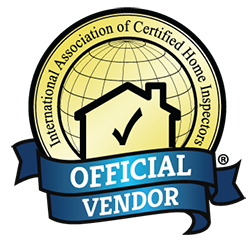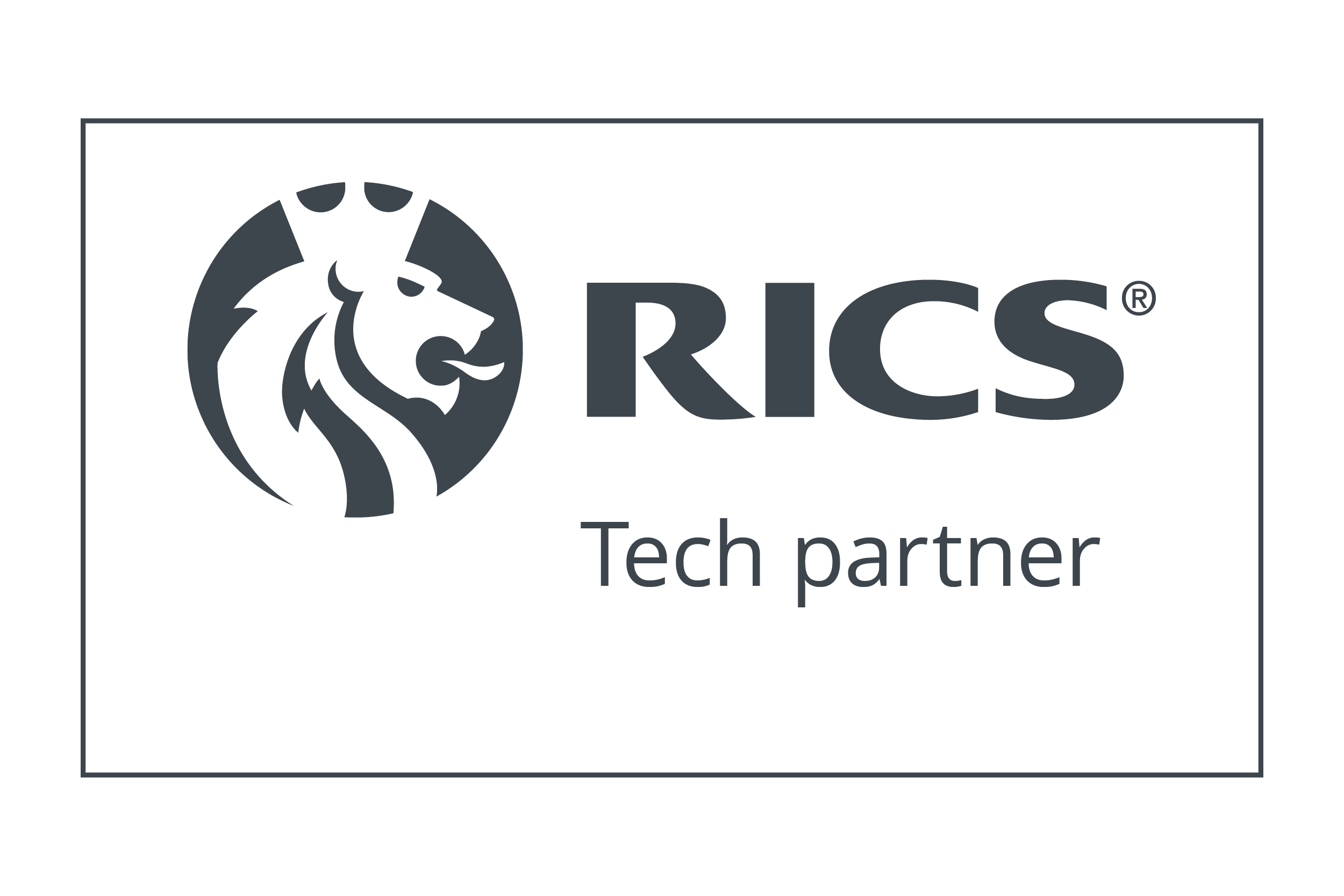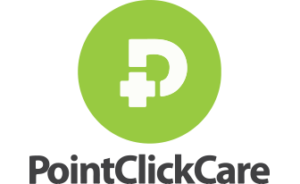The United States Department of Housing and Urban Development (HUD) provides affordable housing for low-income families and individuals through a number of programs. However, the administration of these programs can sometimes be inefficient, leading to delays and inaccuracies in the process.
In this article, we will look at how technology can streamline affordable housing and remove administrative burdens faced by housing agencies, all while improving communication between inspectors, housing agencies, and other stakeholders.
Affordable housing has become a pressing issue in the United States in recent years and a hot-button political topic. With the cost of living sharply rising and the availability and affordability of suitable accommodation hanging in the balance, many Americans are struggling to find safe and secure affordable housing.
Like so many other areas in society, the affordable housing problem has been worsened by the COVID-19 pandemic. As a consequence, many people have lost their jobs and are struggling to make ends meet, leaving millions of Americans in a precarious position.
Although the pandemic is beginning to ease and wages are starting to rise, they’re not offsetting the rising energy, food and housing costs. Because of this, there has been a rise in the number of people seeking support through low-income housing schemes and programs, heaping more pressure on a sector experiencing many challenges of late.
Perhaps the biggest challenge facing the affordable housing sector in the United States is the lack of available affordable units. According to the National Low Income Housing Coalition (NLIHC), there’s a shortage of around 7 million high-quality, affordable units for low-income families, which has led to widespread housing insecurity and homelessness.
“Homelessness continues to increase in many communities due to the increasing gap between the cost of housing and what people with the lowest incomes can afford to pay,” says NLIHC President and CEO Diane Yentel. “Without affordable housing options, 10 million of the lowest-income renter households pay at least half of their income on rent, leaving them one financial shock – from a broken-down car, a sick child, a high heating bill – away from eviction and homelessness.”
Although there is no single cause for the housing shortage and the subsequent housing insecurity faced by many people, the general consensus is that the cost of building, administering and maintaining affordable housing units is a significant contributing factor.
Despite government subsidies and funding, developers and landlords find it hard to make affordable housing financially viable. Alongside this, the cost of construction and maintenance can often be high, leading to a lack of investment which in turn has contributed to the shortage of available units that The U.S. Department of Housing and Urban Development (HUD) can distribute to low-income families through the public housing program.
What is the HUD public housing program?
The U.S. Department of Housing and Urban Development’s public housing program provides affordable rental housing to eligible low-income families, seniors, and people with disabilities. This program is managed by local housing authorities and, when housing stock is readily available, offers a range of rental units, from apartments to single-family homes.
The rent is typically based on the family’s income, and eligible households should pay no more than 30% of their income towards rent. The program is designed to provide safe and decent housing for those who cannot afford market-rate housing and to help promote self-sufficiency among low-income families.
As we mentioned, the public housing program is primarily administered by local public housing agencies (PHAs) across the United States. These agencies are responsible for managing public housing developments, determining eligibility, inspecting the condition of the properties, and setting rents for eligible households.
HUD provides the necessary funding and regulatory guidance to public housing agencies to ensure compliance with federal laws and regulations, such as the Housing Quality Standards (HQS) framework. Additionally, HUD provides technical assistance and training to PHAs and other stakeholders in the affordable housing industry to help improve the quality and availability of affordable housing for low-income families.
Many of these units are administered by public housing agencies through the Housing Choice Voucher program. Of the ~5 million American households that receive rental assistance, around 2 million of those received a Housing Choice voucher.
What is the Housing Choice Voucher program?
The Housing Choice Voucher Program, also known as the Section 8 Voucher Program, is a federal program in the United States that provides rental assistance to eligible low-income families, seniors, and individuals with disabilities. The program is administered by the U.S. Department of Housing and Urban Development (HUD) through local public housing agencies (PHAs).
The program offers rental subsidies that allow eligible households to rent privately-owned housing units that meet certain health and safety standards. Once a household is determined to be eligible for a voucher, they can begin searching for a rental unit that meets the program’s requirements.

The amount of rental assistance provided is typically based on the household’s income, as well as the size of the household and rental market conditions in that area. The household will typically pay 30% of its income towards the rent, with the remaining portion covered by the voucher scheme.
Once a household finds a suitable rental unit, the public housing agency will conduct an inspection to ensure that the unit meets certain standards. If the unit passes the HUD inspection, the public housing agency enters into a housing assistance payment (HAP) contract with the landlord, which would then outline the terms of the rental assistance payments. This is true of privately owned housing, but there are also publicly-owned units and developments, too.
The program is designed to provide affordable housing options for low-income families and to promote self-sufficiency, allowing families to choose the housing unit that best meets their needs, taking into account things like family size, disability and age.
All in all, the Housing Choice Voucher program is a critical mechanism for addressing the affordable housing crisis in the United States by increasing access to safe, suitable, and affordable housing.
But the journey towards finding suitable housing isn’t always straightforward. Inspecting and maintaining housing suitable for the program can sometimes be an uphill battle for public housing agencies, who find themselves short of time due to mounting caseloads and restrictive budgets.

How can technology empower social housing agencies?
Although the Department of Housing and Urban Development (HUD) oversees affordable housing across the nation, day-to-day operations are managed by almost 3,000 local public housing agencies across the United States.
With the shortage of affordable housing and decreasing budgets in the sector, the need for fast and accurate inspections has never been greater. However, with the help of technology, inspections can be much faster, making the process more efficient and effective for local housing authorities, while also ensuring that properties meet Housing Quality Standards (HQS).
The use of mobile inspection software to conduct inspections is one of the most promising innovations in the affordable housing sector. These tools can help streamline the inspection process, reducing the need for manual data entry.
Traditionally, inspections in the affordable housing sector have been conducted using paper-based records. This process is time-consuming and error-prone, leading to delays and inaccuracies in the inspection process.
Working in line with inspection frameworks like National Standards for the Physical Inspection of Real Estate (NSPIRE), which has been developed by The Real Estate Assessment Center (REAC), can remove the administrative burden faced by housing agencies and improve the accuracy and efficiency of the inspection process. REAC plays a crucial role in enhancing the quality of housing by conducting dependable and trustworthy evaluations of affordable housing.
Under the NSPIRE model, the emphasis is placed on prioritizing health, safety, and functionality, and the inspection process accurately reflects the genuine physical condition of the unit. The model also supports the implementation of proper year-round maintenance practices for residents, PHAs and inspectors, helping to keep affordable housing safe and habitable for the long term.
While the shortage of affordable housing options in the United States is cause for real concern, public housing agencies across the United States are working tirelessly to ensure that suitable units are inspected and safe for habitation. Among those agencies are the digital pioneers leveraging new technologies and NSPIRE to make their work easier, giving thousands of American families the housing security they desperately need.
If you want to see how Property Inspect can help your Public Housing Authority, book a demo today to find out more.











